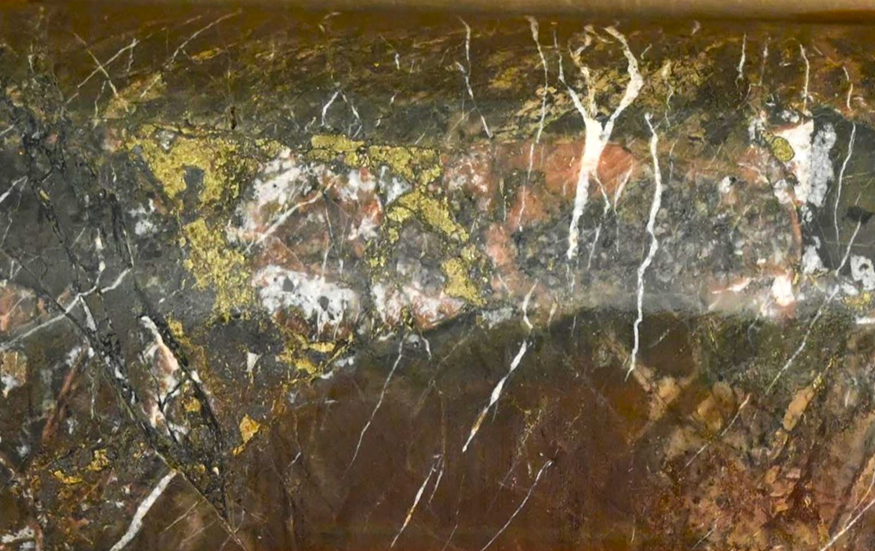Drilling at MTB’s Telegraph copper project confirms Golden Triangle-like mineralization


MTB Metals (TSXV: MTB; OTCQB: MBYMF) says the first hole of its inaugural drill program at the Telegraph copper project in British Columbia has confirmed that the grade and thickness in this hole are comparable to those found in active mines in the Golden Triangle. The property is 37 km southwest of the town of Telegraph Creek.
The first hole (DOK2023-01) at the Dok project (60% option) intersected 107 metres that assayed 0.26% copper or 0.38% copper equivalent (including gold, silver, and molybdenum values). Another six-metre interval graded 0.11% copper or 1.07% copper equivalent, pushed up by higher gold (1.11 g/t) and molybdenum (98.05 ppm) values. Those numbers are within a 436-metre intersection that averaged 0.21% copper equivalent.
MTB noted that the Telegraph project is in the same region as four world class deposits: adjacent to Schaft Creek (Teck); 40 km north of Galore (Teck/Newmont), and within 110 km of Saddle North (Newmont), and the Red Chris mine (Newmont). Work in 2023 was focused on the Dok trend, one of several copper-gold mineralized areas on the 344 km2 property. Four holes were drilled in 2023, for a total of 2,142 metres. The holes were drilled on three separate targets along 3.3 km of the Dok trend.
Lawrence Roulston, MTB CEO, is enthusiastic. "Even at this early stage of exploration, we have confirmed a mineralized porphyry that carries significant grades of copper and gold,” he said. “Those initial grades, and the scale of the mineralized footprint, provide strong encouragement that Telegraph has potential in line with the other porphyry deposits in the area. We may well look back on this hole as the 'discovery hole' of a new mine."
The company plans additional drilling to define the geometry of the hydrothermal system and to vector towards areas of increased mineralization.
Comments